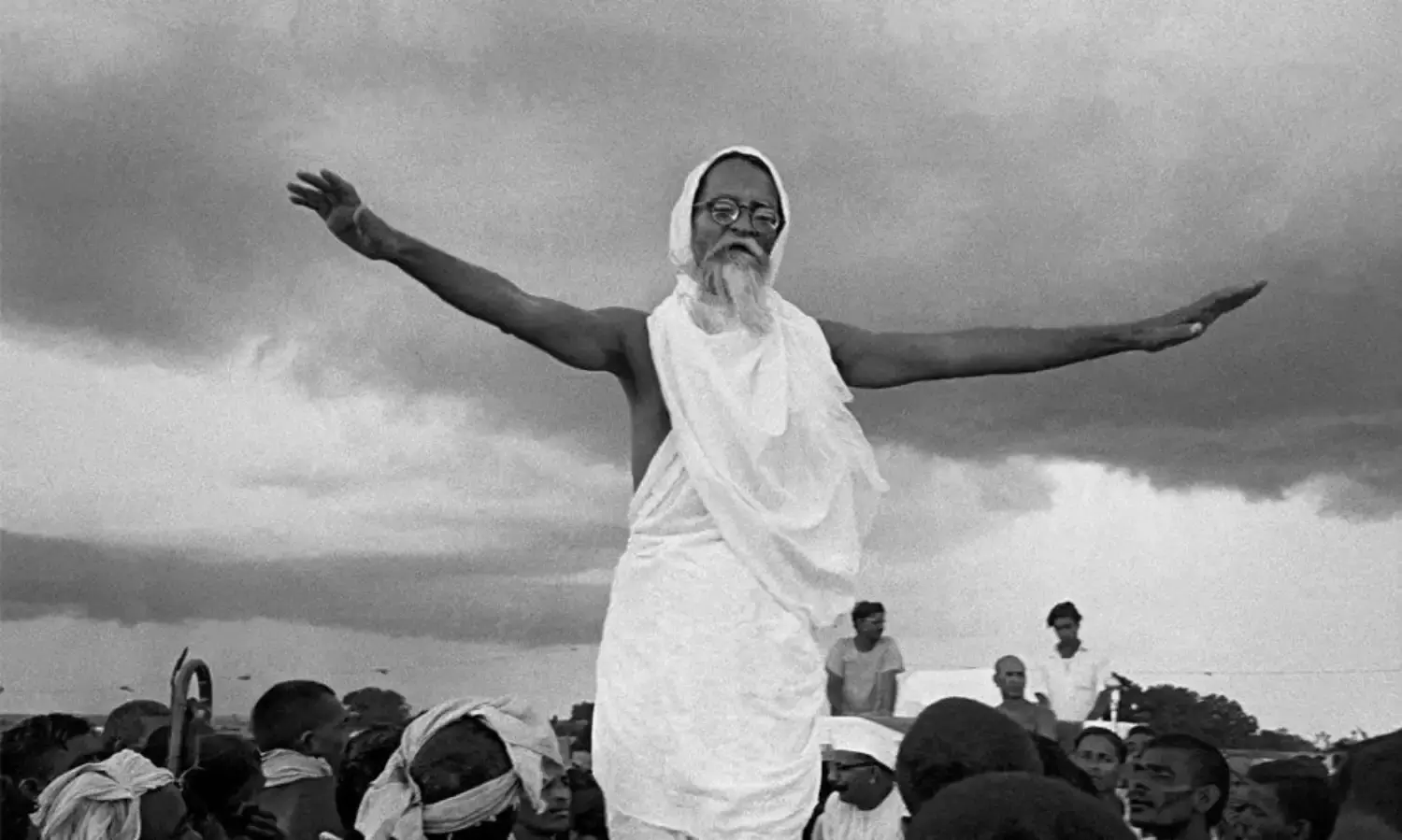Measuring 'Success' of Narmada Rehabilitation
Apart from forcing project authorities to rehabilitate them, a struggle helps the weak communities

In his article in The Citizen S. G. Vombatkere disputes the statement of Prime Minister Narendra Modi that the resistance by the 'urban naxals' delayed the Sardar Sarovar project, and increased its cost and that its benefits have reached everyone. Some others too have made similar claims. For example, in two articles in the Times of India on September 4 and 11, Ramanathan S. Anklesaria Aiyar praised the success of rehabilitation of the tribal people displaced by the Narmada dam, and found fault with Medha Patkar for her opposition to the dam.
I do not want to dispute the claim that rehabilitation has been successful at least in the colonies the PM visited but disagree with his statements on Medha Patkar. I can say it with some authority because I have studied development-induced displacement and rehabilitation in 15 states of India since 1951 (1951-95 in four of them, 1947-2000 in two, 1947-2010 in six states and other periods in the rest).
We studied the total and type of land used, number and type of people displaced (DP) or deprived of land and other resources without being displaced (PAP), extent of rehabilitation and its impact on the DP-PAPs. We did case studies of 223 projects in these states and compared them to understand the success or failure of their rehabilitation. So I base my conclusions on a comparative study of many projects, not of one project.
The first point that emerges from these studies is that 40 percent of the estimated 70 million DP-PAPs are tribal, who are 8.6 percent of India's population. And only around 15 percent of them have been partially rehabilitated but its success is limited. But not even 10 percent of the tribal DPs among them have been rehabilitated.
Only 32 percent, that is 73 out of the 223 projects studied, had a rehabilitation component, but it was successful in only seven of them, and partially successful in 12 others. What accounts for their success or failure?
A commonality of the successful or partially successful rehabilitation schemes is the struggle of the people threatened with displacement, the type that Medha Patkar led in the Narmada Basin, and the support that Arch-Vahini provided to the tribes. These two organisations had serious disagreements with each other. One fought against the dam and the other fought for rehabilitation.
When the project went ahead, Medha too demanded good rehabilitation. Though these two organisations disagreed with each other, the combination of a struggle with a demand for good rehabilitation led to the success of their rehabilitation.
Common to the full success of these seven projects or partial success of 12 others, is struggle, against the project in some of them and for rehabilitation in others. Their struggle was at times supplemented by funding agencies like the World Bank. They made rehabilitation a condition for funding in order to satisfy the human rights activists of the West.
Our studies show that when these conditions are not met, either the project did not have rehabilitation or if there was such a component, it failed. In Gujarat, for example, rehabilitation has been successful in at least the showpiece colonies of the Narmada dam to which visitors are taken.But it has failed in Ukai and other dams in the same Sate.
Similarly, in Odisha the DPs of the Machkund dam in Malkangiri district were rehabilitated in the 1950s, ten years after their displacement. When we did the study 35 years later not one family had lost its land. But more than half the families resettled by the World Bank funded Upper Kolab and Upper Indravati dams in the 1980s in the neighbouring district had lost their land and were indebted and even reduced to bondage.
People's struggle is basic to the success of rehabilitation. The DPs of the Machkund dam were led by a tribal freedom fighter, who felt that the fruits of the progress promised at Independence were reaching other communities at the cost of the tribals. So he led their struggle, and the project responded to it by giving five acres of land each per family on which they rehabilitated themselves.
The fish workers threatened with displacement by the Vikram Sarabhai Space Centre at Thumba in Kerala and others like the tribals threatened by the NALCO Plant in the Koraput district of Odisha struggled against their displacement. They failed to stop their displacement but the project increased their compensation, rehabilitated them and gave a job per family.
Apart from forcing the project authorities to rehabilitate them, a struggle helps the weak communities like those of the tribals and fish workers to gain self-confidence. Such self-confidence combines with the response of the project authorities to their struggle and support from outsiders like Narmada Bachao Andolan (NBA) and Arch-Vahini in Narmada to motivate them to work for their own progress.
In Narmada the original rehabilitation plan was weak, but the struggle forced the project to work out a good rehabilitation package, to extend the benefits of the dam to Kutch and Rajasthan and add a drinking water component to it in order to justify the project. The NBA could not stop the dam but later got involved in rehabilitation.
Their rehabilitation has succeeded because of the struggle and the self-confidence that the tribal DPs gained from it. The publicity that the struggle received also forced the project authorities to ensure the success of their rehabilitation.
So the so called 'urban naxals' need not apologise for what they did. The NBA and Arch-Vahini should be congratulated for the success of rehabilitation though they disagreed among themselves. People struggling against forced rehabilitation can learn a lesson or two from them and other successful communities that struggled against their displacement and worked for good rehabilitation when they failed to prevent their displacement.
Dr Walter Fernandes is Director, North Eastern Social Research Centre, Guwahati



